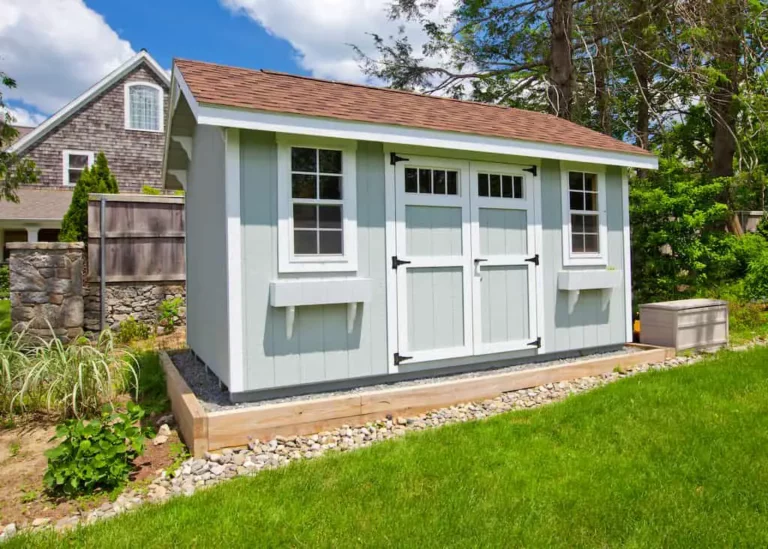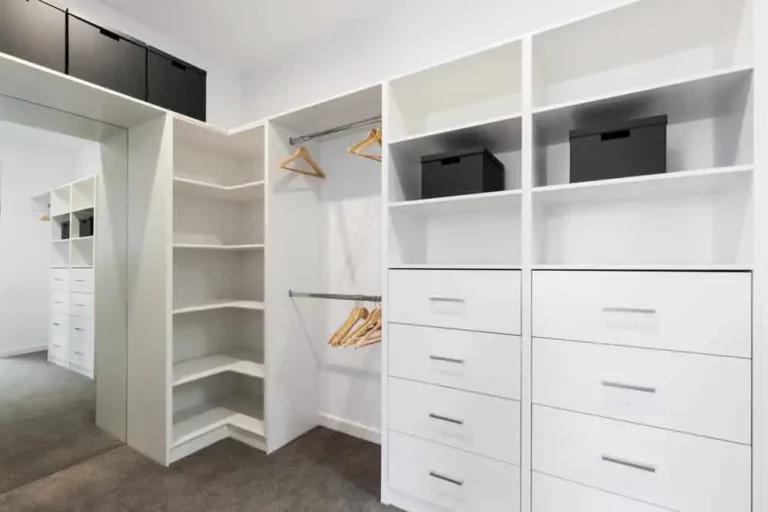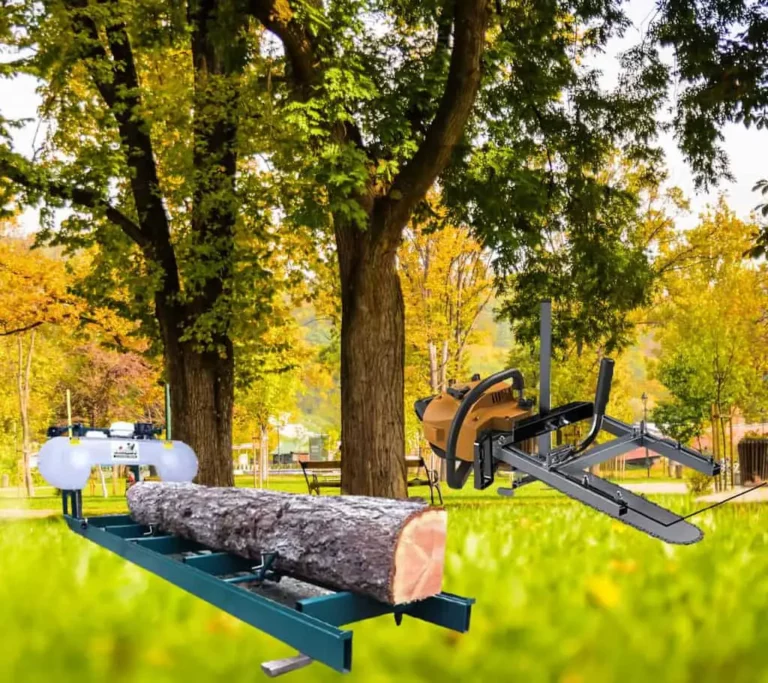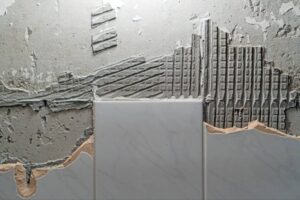Do You Have To Drywall Before Shiplap?
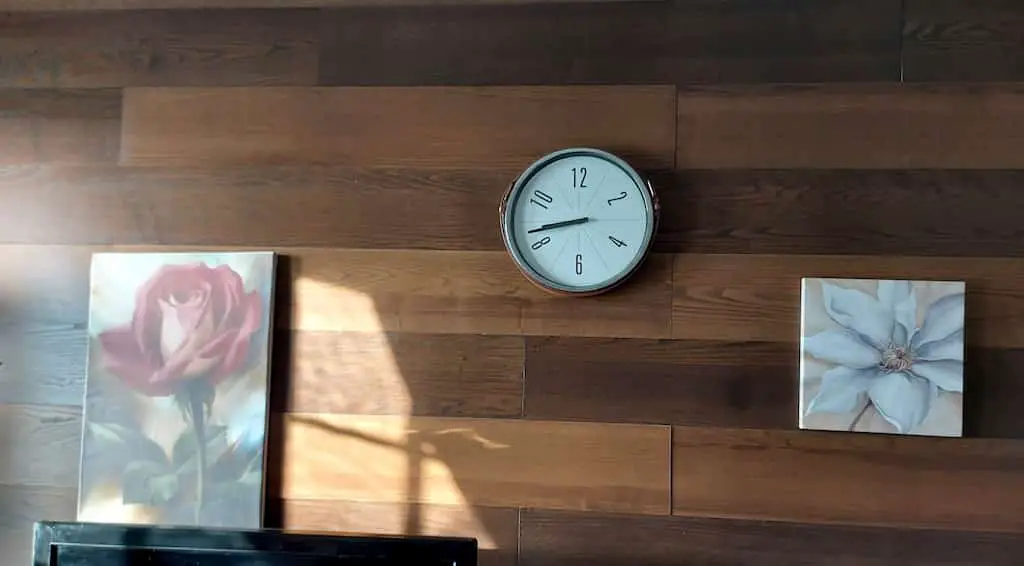
If you’re into home improvement, you’ve likely come across literature suggesting shiplap as an appropriate wall covering for drywall. The simultaneous mention of both across the web can confuse many DIY enthusiasts about whether one is necessary for fixing the other.
You do not have to drywall before shiplap as shiplap is versatile and can be fixed over various surfaces, including drywall. As long as a nail can penetrate the wall, you can shiplap it. With appropriate adhesive, you can even shiplap concrete.
This article will serve as your guide to interior shiplap with a brief exploration of alternatives as well. You will learn whether drywall is more cost-effective than shiplap if you can apply shiplap without nails, the pros and cons of this type of cover, and most importantly, the best products to get before embarking on a shiplap project.
Is It Cheaper to Drywall or Shiplap?
For most homeowners, shiplap is just a method of covering up Interior walls proving to be eye-sores. They even wonder if drywalling is necessary for easier shiplap; shouldn’t they just drywall the area and call it a day?
Drywall is cheaper than shiplap as it relies on fewer synthetic materials. Apart from the cost of plants used, shiplap is also more labor-intensive and requires more work to install. If your walls aren’t conducive to a wall, a nail, and a hammer, you’ll need to spend more time and money readying the surface for shiplap.
That’s why it is advisable to first hang drywall in front of your walls and pause the project till you have more time and disposable income to move forward with a shiplap. However, if you only intend to shiplap, then taking the additional hanging drywall step is entirely unnecessary.
Can You Install Shiplap Directly to Studs?
If you have a concrete wall, you don’t want to damage its integrity by nailing planks directly into its core. Depending on the substance quality, the wall can start crumbling under such an impact. The ideal method of fixing any screw-on or nail-in cover to such an interior is with a wooden frame.
You can install shiplap directly to studs in a wooden frame as the operating principle is just nailing planks to wood. While the result may seem complicated, the application procedure is relatively simple, and all means are justified by the planks staying in their position.
If you have fixed drywall to the studs already, you should avoid nailing planks into the drywall as it creates large openings upon impact. It also isn’t the most robust material to carry the weight of shiplap planks. You should place the planks such that you can hammer the nails to the wooden studs without running into drywall screws.
This might sound difficult, but it isn’t so when you consider that drywall screws are visible. In case drywall screws have been painted over and are hard to spot, you can use a small magnet to spot the screws and avoid them when nailing planks to the studs.
Can You Put Up Shiplap Without Nails?
Many DIY enthusiasts love the shiplap aesthetic yet draw the line at nails and studs. If only there were a way to achieve the shiplap look without going through the hassle of nailing planks, covering up nail-heads and painting over them, the practice would be so much more accessible.
Fortunately, you can use shiplap without nails as long as you use a strong enough adhesive. You can use construction glue and similar adhesives to stick planks to the wall. Remember that bottom planks are carrying the planks above, which means the adhesive isn’t working alone in supporting the shiplap.
In some instances, like with cupboard backs and wardrobe interiors, you can shiplap with nothing more than a double-sided mounting tape as your adhesive. But you must remember that every other adhesive option is much harder to reverse than nails. One reason why enough people prefer the nail-to-stud method over all other adhesives is that it only takes a nail remover to get rid of shiplap.
On the other hand, planks superglued to your walls will not leave without noticeable residue that would need to be sanded down upon removal. Another reason you may want to opt for nails is that they’re significantly cheaper than their alternatives. Even though factoring in the cost of studs might change the picture, the fact remains that buckets of permanent adhesive aren’t nearly as appealing as a few nails holding together your shiplap..
What is the best option, Drywall or cement board for fireplace
Pros of Shiplap
We have briefly gone over some of the reasons people opt for shiplap over other fixtures. Let’s look at their advantages in depth:
- Shiplap allows you to create a variety of looks with relative ease. The same planks can be stained, painted, and even used in various places to create an interesting interior aesthetic.
- Shiplap is easy to install. If you have the right backing and/or adhesive, you can install planks on virtually any surface.
- You have a variety of price points at your disposal. Unlike drywall, shiplap can be done with a more extensive range of materials. Using cheaper wood can help you bring down the project’s costs.
Cons of Shiplap
- Shiplap introduces gaps and grooves, which allows more dust to settle in your interiors.
- Shiplap can be installed inaccurately, creating a warped look.
- If untreated wood is used, especially in humid areas, the fixture can start rotting. You can avoid this by using a sealing primer on each plank before installing.
- It can look out of place if it does not make sense with the rest of your place’s interior.
Best Shiplap Products To Consider
Before you get started with your shiplap project, consider purchasing the following items to help with your walls’ longevity and beauty.
KILZ Premium High-Hide Primer
Use this latex primer to seal wood planks so that they don’t mold or rot. You need this, especially if you’re installing a shiplap in your bathroom, kitchen, or the house’s exterior because these environments are exposed to humidity and water.
The product has over 1,300 ratings and reviews with a collective average of 4.7 out of 5 stars. One of its drawbacks in this context is that your planks will end up looking white, which might not be your desired result.
Fox Trot Grout Brush
This brush helps you clean the gaps between planks so that dust and dirt don’t accumulate in the crevasses. Regular brushes and brooms fail to be sufficient because shiplap often gets out of reach towards the top. Unless you want to use a ladder every time you clean the wall, it is advisable to get a long handle brush with fine enough bristles to clean the planks and the minute space between them.
Classic Oak by Minwax
This stain offers the best way to upgrade your shiplap’s appearance with a rich oak aesthetic. You can use relatively cheaper wood planks for the project and stain them with Minwax stain to give the appearance of a finer selection of wood. The product has over 280 reviews and has 4.5 out of 5 stars as its collective rating. It is also Amazon’s choice for “Oak Stain.”
Final Thoughts
Shiplap is a great way to renew your interior, cover-up cracked walls, and beautify your living space. While you can certainly install it on drywall, you do not need to have drywall to shiplap. All you need to have is a strong enough adhesive or studs you can nail planks on. Finally, ensure the environment is not humid or that the planks are sufficiently sealed to avoid rotting or mold.
